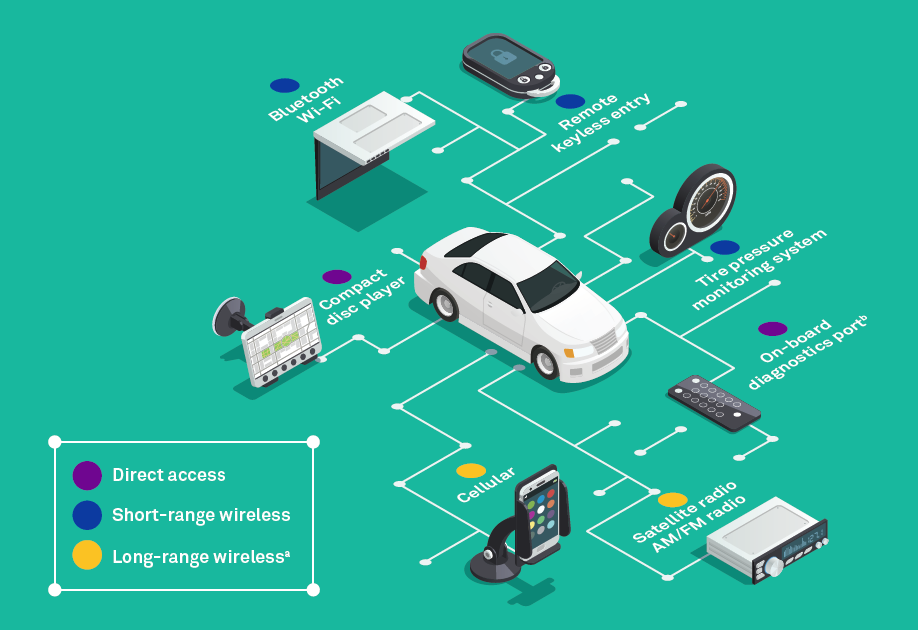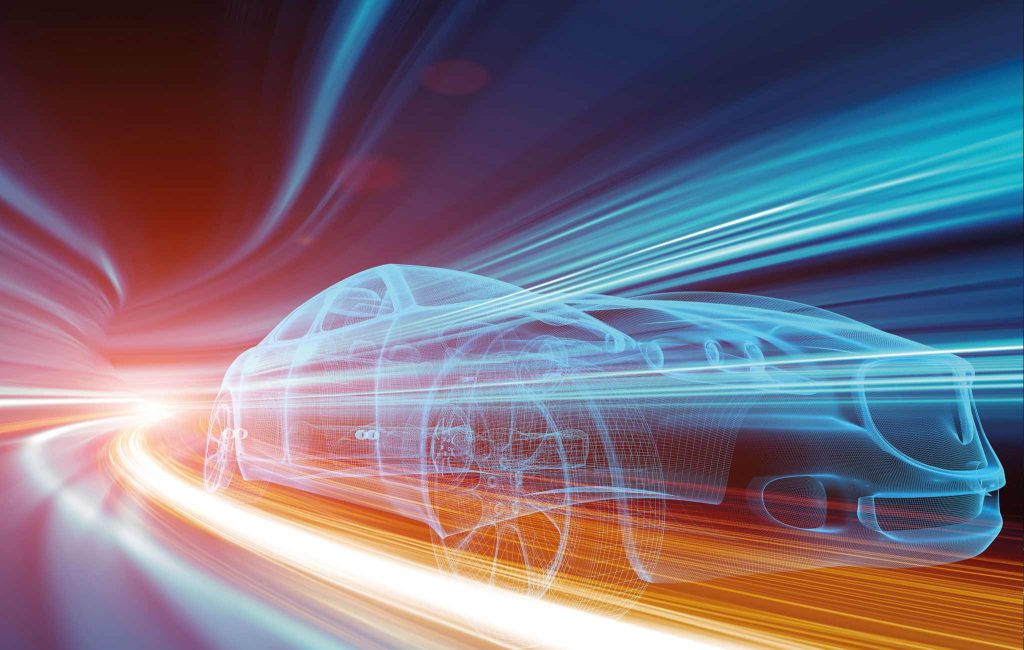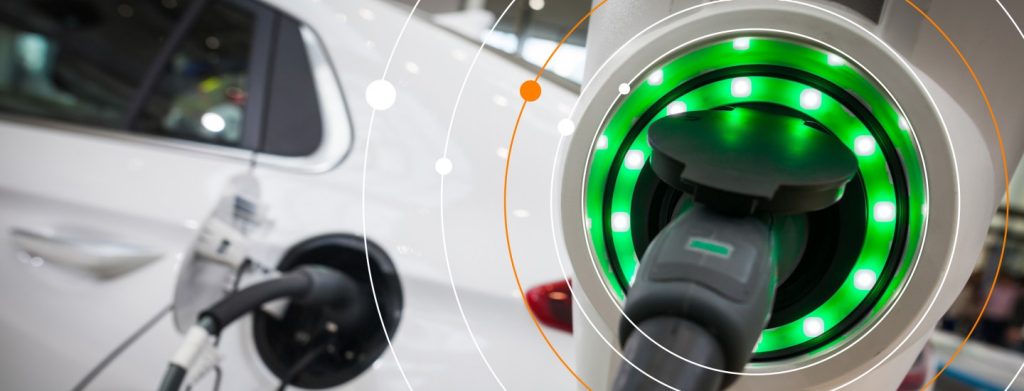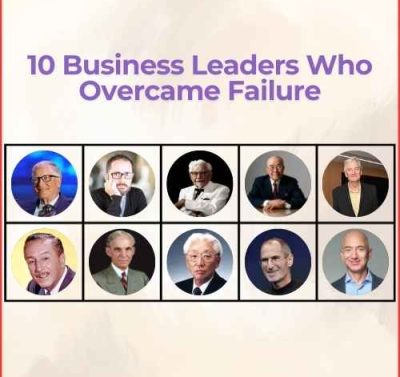Although there have been advancements in the automotive sector over the past 50 years, any new technologies and manufacturing modifications have happened relatively slowly across comparable platforms, carried out by comparable businesses.
This, however, appears to be about to change as the pace of electric vehicle development picks up across the board in the transportation sector, not just for passenger vehicles.
Numerous revolutionary changes are occurring simultaneously as electricity becomes more commonplace. These changes affect ownership models as well as technology since completely autonomous vehicles are getting closer to becoming a reality and electric vehicles are moving to replace internal combustion engines.
By 2027, driverless automobiles are expected to supplant conventional vehicles, according to ARM. Even though electric vehicles appear to be poised to offer a number of advantages, not the least of which is the environment, these changes will present a number of difficulties, including light-weighting and safety problems.
Challenges

The widespread use of electric vehicles not only presents difficulties for current automakers but also opens up opportunities for new businesses to join the market. As an early adopter of TWI’s friction stirs welding technology, Tesla, for instance, has established a strong position for itself in the electric vehicle industry. New components and materials are required as a result of the changes in the automotive industry, not just for the batteries that will power the upcoming wave of vehicles.
Scale-related problems must also be taken into account. For instance, replacing the 2 million engines presently produced annually in the UK with batteries would require 20 billion welds just to assemble the battery cells. However, by utilizing both current and emerging technologies, TWI can assist in resolving many of the issues encountered by the automotive industry.
TWI’s Ability to Assist

TWI’s experience can help makers join difficult materials together, including parts made of different materials. In order to optimize design, accomplish high productivity, and better light-weighting techniques, we can also work on process improvement and recommendations. Our work can assist in lowering costs and addressing the difficulties associated with joining and welding for electrification, such as sealing the battery tray and joining battery components together.
The difficulties with batteries are just one problem TWI can help manufacturers with. For instance, we can assist with the use of composite structures for vehicle bodies and the joining of them thanks to our expertise in coatings. The goal of motor designers is to make them as small as possible while still being able to deliver the most power while consuming the least amount of energy.
TWI can help with material selection and joining methods to optimize the complete drivetrain in order to meet these objectives. Additionally, recently created technologies appear to be poised to provide additional advancements and enhancements. TWI’s Surflow project, which enables data to be transferred through composite structures and thus eliminates the need for intricate, pricey, and heavy wiring systems, is one such technology that could have game-changing uses for the auto industry. With the help of 5G technology, improvements in vehicle-to-vehicle (VtV) and vehicle-to-everything (VtE) connectivity might be made to this.
The difficulties with batteries are just one problem TWI can help manufacturers with. For instance, we can assist with the use of composite structures for vehicle bodies and the joining of them thanks to our expertise in coatings. The goal of motor designers is to make them as small as possible while still being able to deliver the most power while consuming the least amount of energy. TWI can help with material selection and joining methods to optimize the complete drivetrain in order to meet these objectives. Additionally, recently created technologies appear to be poised to provide additional advancements and enhancements.
The Surflow project from TWI is one such technology that could have revolutionary implications for the car industry. TWI’s Surflow project, which enables data to be transferred through composite structures and thus eliminates the need for intricate, pricey, and heavy wiring systems, is one such technology that could have game-changing uses for the auto industry. With the help of 5G technology, improvements in vehicle-to-vehicle (VtV) and vehicle-to-everything (VtE) connectivity might be made to this. Another emerging technology is friction stir tunneling, a novel method developed by TWI that will enable cooling passages in battery trays and motor trays.
Efforts to Bring Electric to Reality

TWI is already collaborating with a number of businesses, including SMEs and original equipment makers, to optimize processes and hit productivity goals. Additionally, we are working with organizations from the entire automobile industry, promoting these cutting-edge technologies by working with organizations like the Advanced Propulsion Centre, Warwick Manufacturing Group, and the Faraday Institute. Additionally, TWI will have a booth at the Stuttgart Electric and Hybrid Battery Exhibition from May 7-9.















